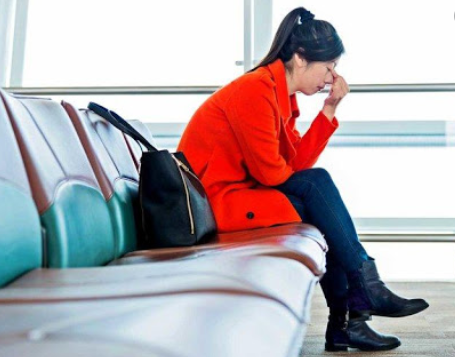Why Young People Are Not Invincible Against COVID-19
April 6, 2020
As of April 6, it has been 87 days since the first reported death of COVID-19 in the world.
The worldwide pandemic continues to ensue panic across the globe as numbers of patients
surpass 1.2 million worldwide. Western countries have now taken the brunt of the virus as
patient numbers and the death toll of Europe and America continue to increase at an alarming
rate.
While patients in South Korea have dwindled to an average of 80 per day, the government
continues to admit social distancing till April 19 due to the recent second wave of incoming
patients from abroad.
In response to the steady drop of daily patients, the youth in South Korea have recently taken
this as an opportunity to go outside. The current cherry blossom blooming season has been a
highly influential factor in the matter.
It is imperative for the youth to understand, however, that COVID-19 is not over yet. The risk
of infection is just as possible as it was two months ago, and the virus in no means excludes
the youth.
In the beginning stages of COVID-19 in South Korea, young people showed a disregard
towards the virus due to the low death toll of only 1.7%. This attitude was linked to their
unshakable trust in their age and their strong immunity compared to the elderly who were at a
higher risk. The results were as follows.
When looking at the number of COVID-19 patients in each age group, people in their
twenties rank at the top, taking up 27.2% of the total amount. Despite their beliefs, we can
see that COVID-19 is not in any means selective towards age.
In an online news conference from the WHO headquarters on March 20, WHO Director-
General Tedros Adhoanon Ghebreyesus said, “Although older people are hardest hit, younger
people are not spared.”
In a message to the youth he added, “You are not invincible, this virus could put you in a
hospital for weeks or even kill you. Even if you don’t get sick the choices you make about
where you go could be the difference between life and death for someone else.”
While things may be looking up in South Korea, it should not be taken as a sign that it is
okay to go outside once more. While the youth may have a higher tolerance towards fighting
the virus off, they are not excluded from being infected or suffering from the virus.
Social distancing is still imperative in this stage to contain the spread and kill off this virus
once and for all. If not for yourself, then for those who have a higher possibility of suffering
and dying from the virus such as the elderly and children.










